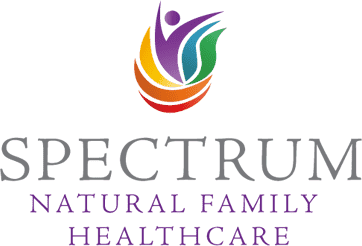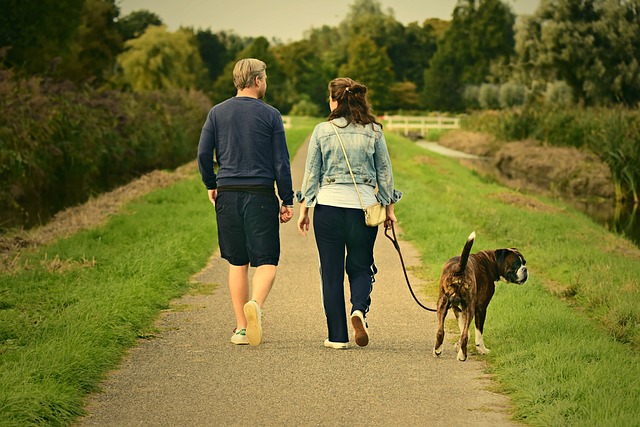Is your waist circumference more than half your height? Carbohydrate intolerance
By chiropractor Dr. Annika Jende
If you have been paying even a little bit of attention in the last couple of years (eg. That Sugar Movie), you will have realized that sugar is the new tobacco as far as the world’s favourite new health hazard goes. The trouble is that Big Sugar has been learning from Big Tobacco in order to avoid being called into account “prematurely”.
Now, when we ask people if they have any sugar, we often get the reply “oh no, I never have sugar in my coffee/tea”. That would literally be the tip of the tip of the iceberg: 70% of packaged foods have added sugar in them, and lots of foods have natural sugars, too. Sugar can be hidden with names such as: agave nectar, malt, glucose, dextrose, fructose, galactose, maltodextrin, fruit juice concentrate, molasses, syrup etc. (See the end of this article for a more comprehensive list.) A special mention to HFCS, or high-fructose corn syrup, the new extra-bad baddie kid on the block! Anything that is “low fat” is likely to be “high sugar”, because once you take the fat out of food, it becomes tasteless (yes, fat is the tasty bit!), and so sugar is added.
If you read the labels on the foods you buy, check out where it says sugar: 4 gm is a teaspoon. Now, if you are buying breakfast cereal, say raisin bran crunch, it has 20 gm of sugar per serve in it, ie. 5 teaspoons. (Good old-fashioned corn flakes do ok in these stakes at 2 gm or 1/2 a teaspoon per serve, which is about half of Special K!) But wait, there’s more: a serve is a cup. Now, for anyone to feel like brekkie touched the sides, you probably need 2 – 3 cups of breakfast cereal. So suddenly breakfast consisted of 10 – 15 teaspoons of sugar, some of which was HFCS. Eggs for breakfast anyone?
When we talk about sugar, we actually mean any food or drink that spikes your blood sugar (raises your blood sugar in a hurry). These are called high GI foods. Sugar has 100, and then other foods are tested in comparison. There are two things that will bring your blood sugar up faster than pure sugar: white flour (bread – and don’t be fooled by the term “brown bread”, it’s usually white bread with bits added; choose wholegrain instead) and beer. Coffee and Tea also raise your blood sugar of their own without having sugar in them. Interestingly, “diet” drinks – artificial sweeteners – bring your blood sugar up too, by changing the bacteria in your gut (they are also otherwise detrimental to health).
Low GI foods are foods that are in the state that nature made them: vegetables, meat, fish, nuts and seeds, fruit. Yes, fruit – provided it hasn’t been juiced. Fruit has a sugar in it called fructose, which is a sugar (as opposed to other sugars) that has to be broken down in the liver. If you have fruit as fruit, it is fine, because the fibre in the fruit will slow down the fructose absorption. As soon as you juice it, however, this benefit is gone, and fruit juice becomes a junk food.
So what’s the big deal about spiking your blood sugar?
Once your blood sugars spike, you feel energized. The pancreas releases a hormone called insulin which is in charge of shifting the sugar from the blood into the cells (and once this has happened, your energy drops, you feel lousy and you reach for the next sugar hit). The catch is, however, that the cells can only handle so much sugar before they decide they have had enough. At which point in time you have carbohydrate intolerance. The pancreas responds by secreting more insulin in response to the same amount of sugar to force the sugar out of the blood stream and into the cells – and after a period of time you have insulin resistance. If this cycle continues, you end up with Type 2 diabetes.
The symptoms you can have from insulin resistance are: tiredness, particularly after eating, hunger shortly after eating, faster ageing, memory loss, depression, high bad cholesterol (LDL) and low good cholesterol (HDL) levels, and high triglycerides, high blood pressure, problems sleeping, mood swings, fertility issues, achy joints and excess weight to name a few.
The kind of liver damage (cirrhosis) that we used to see only in advanced alcoholics once upon a time are now showing up in kids, not from drinking, but from having too much sugar.
But wait – isn’t sugar an essential food item? Actually no. Our bodies are able to make sugar from fat (which doesn’t spike blood sugar at all). Prehistorically we would have access to sweet foods only in autumn, and this was the time to fatten up (!!) in order to be able to survive the winter. Yes, just like bears. So insulin is really the “feast” hormone. Sugar also doesn’t make you feel full, so you may well keep eating even after you have taken enough calories in. The reason why we are so addicted to the taste is that back then it was hardly ever available, so we would seek it out to ensure survival. Even today’s fruits are far more sugar laden than they would have been 100 years ago. The average Australian consumes 27 teaspoons of sugar a day!
How do you know if you are carbohydrate intolerant and/or insulin resistant? If the circumference of your waist is more than half your height, you’re in. You may look slender, you may have a “normal” BMI (body mass index) or have “normal” weight, but you do have carbohydrate intolerance.
If you want to do something about this – and would be the smart thing to do, so you not only add years to your life, but life to your years – look up Dr. Phil Maffetone’s 2 week test. If you have an iPhone you can download the app and fill in the surveys to see if you are at risk. The instructions are simple, and recipes are available. It’s only for 2 weeks, it’s not a permanent eating plan, and it will re-set your metabolism to fat burning. It should also sensitize you to sweet taste, meaning you will taste sweetness where you didn’t previously. (Annika did a no-sugar stint and suddenly tasted sweetness in raw cauliflower!)
The other thing is to ensure that you do aerobic exercise. Now, this is not exercise where you feel your heart pumping, it’s actually the complete opposite. It’s the kind of exercise you are able to do for hours on end without problem and that doesn’t make you sore. For example walking or dancing or swimming. The heart rate you don’t want to be above is: 180 minus your age; minus another 5 if you are unfit; minus another 5 if you have recently been unwell. It doesn’t feel like exercise, which means you don’t stress your body with it and you stay in fat-burning mode as opposed to sugar burning mode.
Names for Sugar:
| Agave nectarBarley malt
Beet sugar Blackstrap molasses Brown sugar Buttered syrup Cane crystals Cane juice crystals Cane sugar Caramel Carob syrup Castor sugar Confectioner’s sugar Corn syrup Corn sweetener Corn syrup solids Crystalline fructose Date sugar Demerara Sugar Dextrin Dextran Dextrose Diastatic malt Diatase D-mannose Evaporated cane juice Ethyl maltol Florida Crystals Fructose Fruit juice Fruit juice concentrate Galactose Glucose |
Glucose solidsGolden sugar
Golden syrup Granulated sugar Grape sugar Grape juice concentrate HFCS High-fructose corn Syrup Honey Icing sugar Invert sugar Lactose Malt syrup Maltodextrin Maltose Mannitol Maple syrup Molasses Muscovado sugar Organic raw sugar Panocha Powdered sugar Raw sugar Refiner’s syrup Rice Syrup Sorbitol Sorghum syrup Sucrose Sugar Syrup Table sugar Treacle Turbinado sugar Yellow sugar |
Image by 👀 Mabel Amber, who will one day from Pixabay

